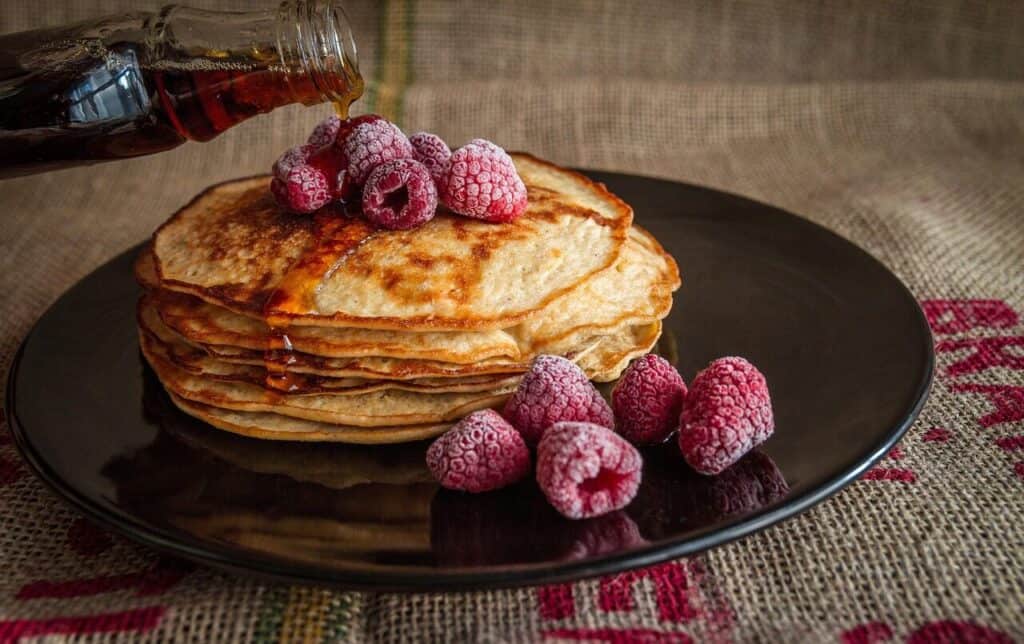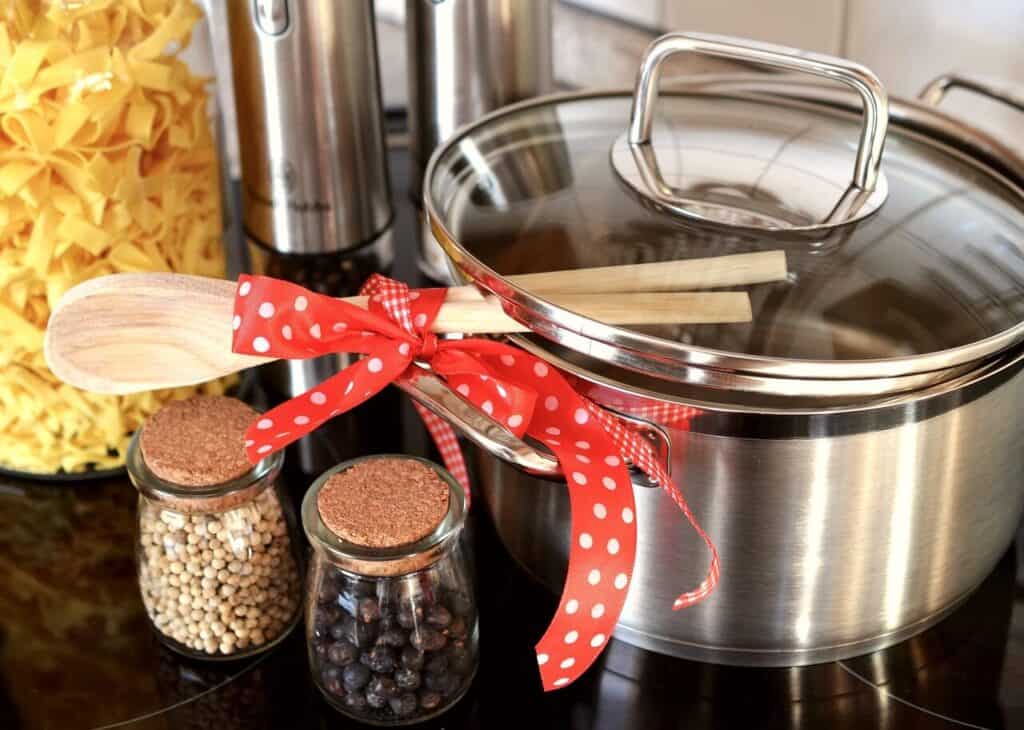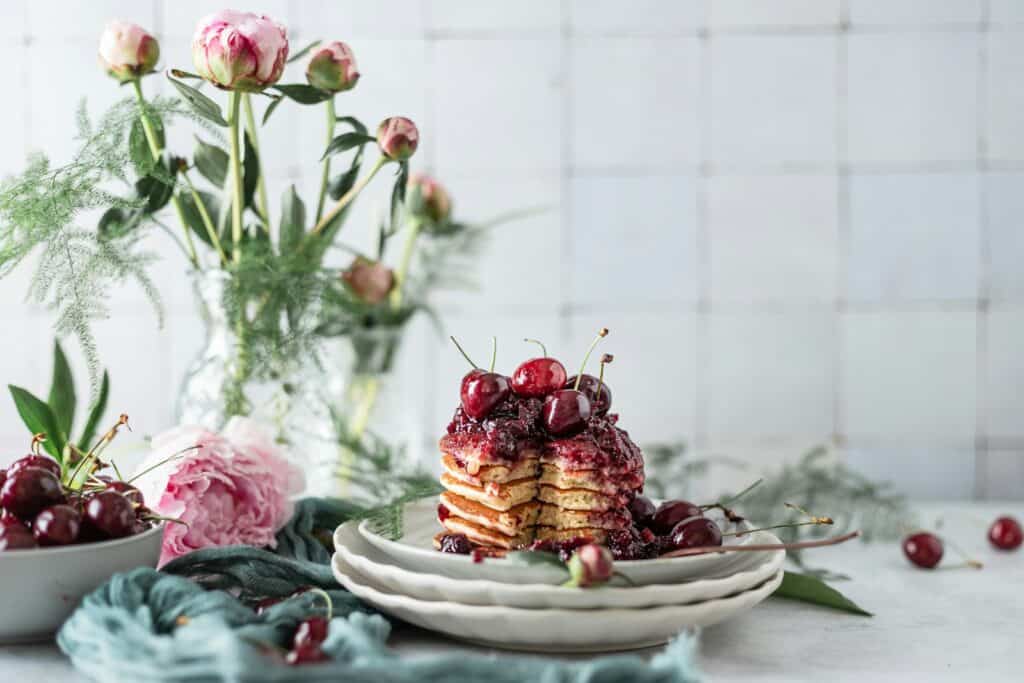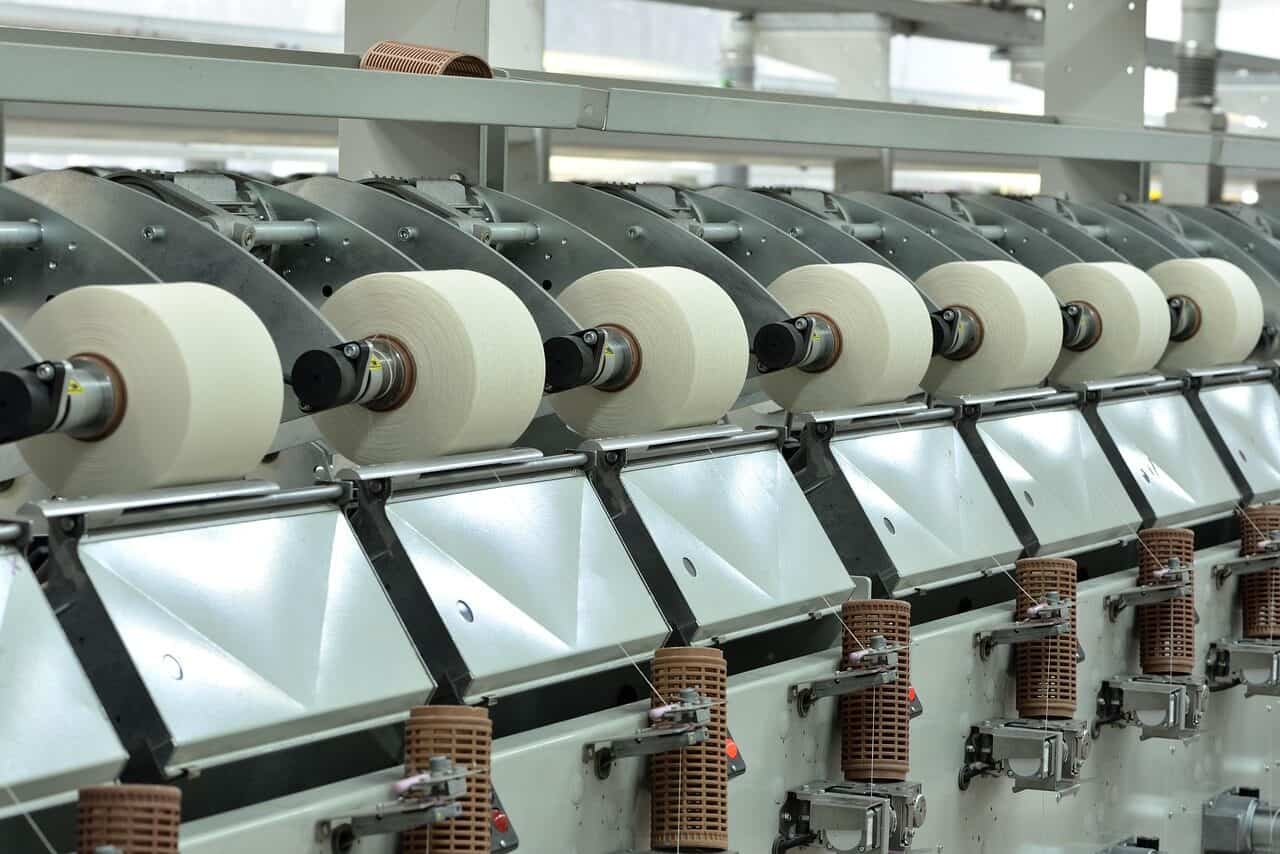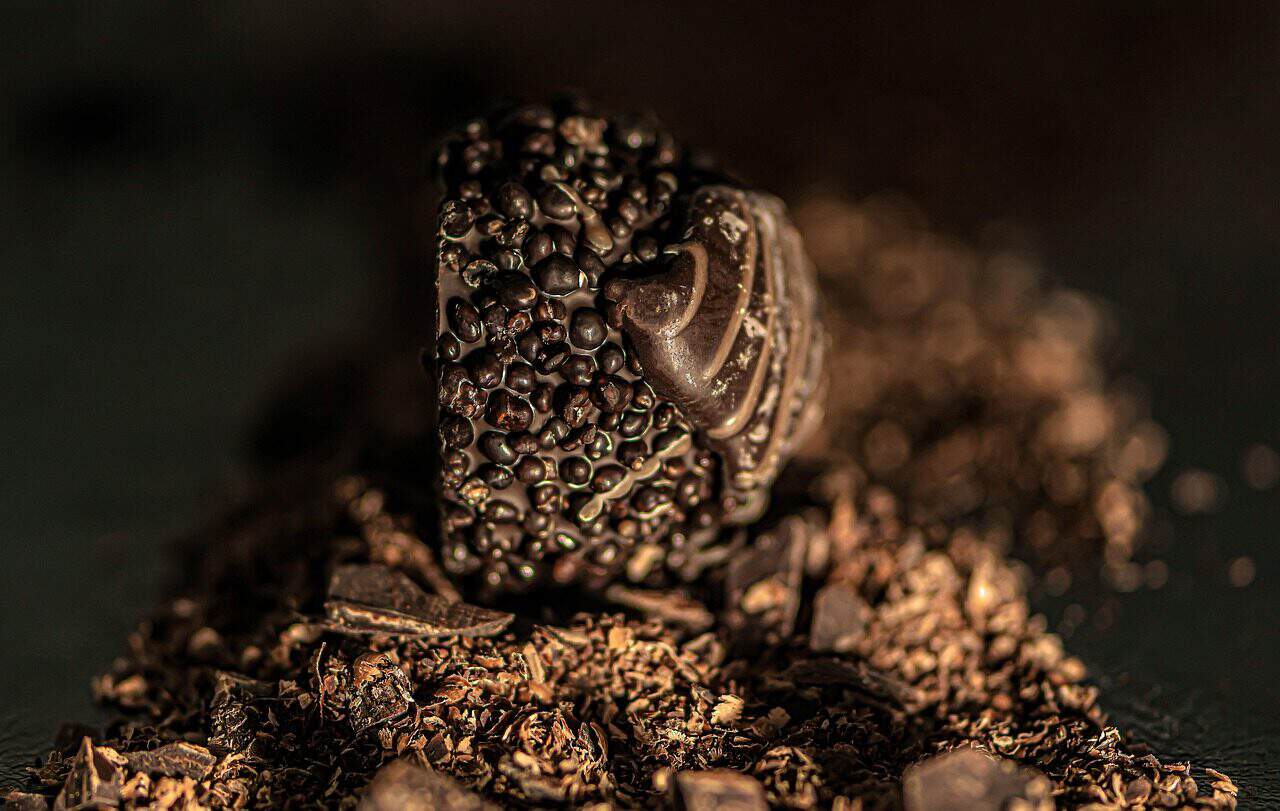Ultimate Guide to Syrup Preparation
The Magic of Syrup
Making your daily coffee, weekend cocktails, or simple desserts better can be surprisingly easy. The secret often lies in something many people overlook: syrup.
Making syrup at home opens up a world of custom flavors. You can move beyond store-bought options and take complete control.
This guide will teach you everything you need to know. You’ll learn how to make, flavor, fix problems with, and store any syrup you can imagine.
Syrup preparation is simply dissolving sugar in water. But mastering it unlocks amazing flavors.
The benefits are immediate. You get better flavor from fresh ingredients. You save money compared to store brands. And you control every single ingredient. No more hidden preservatives or fake flavors.
Syrup Ratios and Ingredients
At its core, syrup preparation uses just two main ingredients: sugar and water. The type of sugar you choose and how much you use defines your final product.
Understanding different sugars is your first step to becoming a syrup expert. Each type brings something unique to the table.
- Granulated White Sugar: This is your blank canvas. It gives clean sweetness without getting in the way of delicate flavors. Perfect for floral or subtle fruit syrups.
- Demerara/Turbinado Sugar: These less-processed sugars keep some molasses. This gives your syrup a light golden color and hints of caramel and toffee. They work great in coffee drinks or cocktails with spirits.
- Brown Sugar: With lots of molasses, brown sugar creates a deep, rich syrup with strong caramel flavor. It’s perfect for spiced syrups, winter drinks, and bold coffee beverages.
- Honey/Maple Syrup: These natural sweeteners also make great syrups. A 1:1 honey-water mix creates “honey syrup” that mixes into cold drinks much easier than pure honey. They bring their own powerful, distinct flavors.
The next important concept is your sugar-to-water ratio. This controls how thick your syrup is, how sweet it tastes, and how long it lasts. The two most common ratios are 1:1 and 2:1.
Table 1: Syrup Ratio Quick Reference Guide
This table shows you the most common ratios used in syrup preparation.
Ratio (Sugar:Water) | Common Name | Viscosity & Sweetness | Best For… |
1:1 | Simple Syrup | Thin, moderately sweet | Iced tea, coffee, moistening cakes, general-purpose cocktails |
1.5:1 | Medium Syrup | Slightly thicker, sweeter | Cocktails requiring more body (e.g., Old Fashioned) |
2:1 | Rich Simple Syrup | Thick, very sweet, longer shelf life | Spirit-forward cocktails, preserving fruit, when dilution is a concern |
Your Syrup Preparation Toolkit
Having the right tools makes syrup preparation smooth and easy. You don’t need a professional kitchen, but a few key items will give you consistent, high-quality results.
We’ll split this into must-haves and nice-to-haves.
Essentials
These are the items you absolutely need for basic syrup preparation.
- Saucepan: A heavy-bottomed pan works best. It spreads heat evenly, which prevents the sugar from burning at the bottom.
- Measuring Cups & Spoons: Getting your ratios right is key to consistent results. You need both liquid and dry measuring cups.
- Whisk or Spoon: You need something to stir the mixture and make sure all the sugar dissolves. A heat-resistant silicone spoon or metal whisk works perfectly.
- Fine-mesh Sieve or Cheesecloth: This is crucial for making clear, professional-looking flavored syrups. It strains out herbs, spices, and fruit pieces.
- Storage Bottles: Glass bottles with tight seals are ideal. They don’t absorb flavors, clean easily, and good seals prevent contamination.
Optional but Helpful
These tools aren’t strictly necessary, but they make your process much better.
- Digital Kitchen Scale: For perfect measurements, especially when making 2:1 rich syrups by weight, a scale is invaluable. It takes the guesswork out of measuring.
- Funnel: A simple funnel makes transferring your finished, cooled syrup into bottles clean and mess-free.
- Potato Peeler or Zester: When adding citrus flavors, these tools perfectly remove the peel without the bitter white part underneath.
Core Method: Simple Syrup
Now we get to the main event: actually making syrup. There are two main ways to make basic simple syrup. Each has its place, and we’ll walk you through both.
Method 1: The Hot Process
This is the standard, most reliable method for syrup preparation. It works for any ratio and ensures the sugar dissolves completely for a stable, clear syrup.
- Measure Your Ingredients: Use your measuring cups or scale to get your desired ratio of sugar and water. For classic 1:1 simple syrup, you might use one cup of water and one cup of sugar.
- Combine and Heat: Pour the water and sugar into your heavy-bottomed pan. Put it over medium-low heat.
- Stir Gently: Stir the mixture continuously with a whisk or spoon. You just want to dissolve the sugar. You don’t need to bring it to a hard boil.
- Heat Until Clear: Keep heating and stirring until all the sugar has completely dissolved and the liquid is clear. Gentle heating without boiling prevents cloudiness and keeps your water-to-sugar ratio from changing through evaporation.
- Cool Completely: Take the pan off the heat. You must let the syrup cool to room temperature before bottling. Bottling hot syrup creates condensation inside the bottle, which adds extra water and can make it spoil faster.
Method 2: The Cold Process
This no-heat method is quick and works best for 1:1 simple syrup. It doesn’t work as well for thicker ratios because sugar has a harder time dissolving in less water.
- Combine in a Jar: Add your 1:1 ratio of sugar and water to a clean jar with a tight lid.
- Shake Hard: Seal the jar and shake it forcefully for a minute or two. You’re using movement instead of heat to dissolve the sugar.
- Let it Rest: The liquid will look cloudy at first. Let the jar sit on the counter for 10-20 minutes. Any remaining sugar will slowly dissolve. Shake again if needed.
How to Know When It’s Done
For both methods, the main sign of completion is clarity. Look closely at the liquid. If you can see any sparkling sugar pieces in the mixture or settled at the bottom, it needs more time or shaking. A finished syrup should be completely clear.
Mastering Flavored Syrups
Once you’ve mastered basic simple syrup, the real fun begins. Adding flavors to your syrup is how you create signature drinks and desserts. The technique you choose depends entirely on what ingredients you’re using.
There are two main ways to add flavor: hot infusion and cold infusion.
Hot Infusion Method
This method uses the heat from your just-made syrup to pull flavor from sturdy ingredients. It’s fast, efficient, and perfect for things that can handle a little warmth.
Hot infusion works best for tough ingredients. Think whole spices (cinnamon sticks, star anise, cloves), citrus peels, and fibrous roots like ginger or turmeric. Heat helps break down their walls and release aromatic oils.
The process is simple. After your syrup is made and the sugar is dissolved (Step 4 of the Hot Process), remove the pan from heat. Add your flavoring ingredients directly to the hot syrup, cover the pan, and let it steep. Steeping time ranges from 15 minutes for citrus peel to an hour for whole spices. Once steeped, strain the syrup through a fine-mesh sieve.
Cold Infusion Method
Cold infusion is the opposite approach. It’s a gentle, slow process designed to pull flavor from delicate ingredients without damaging their fresh, vibrant character with heat.
This method is perfect for delicate ingredients whose flavors would be destroyed or changed by heat. Fresh herbs like mint and basil, and fragile flower petals like rose or hibiscus, are perfect for cold infusion.
To cold infuse, first make and completely cool a batch of simple syrup. Combine the cooled syrup and your fresh ingredients in a clean, airtight jar. Seal it and put it in the refrigerator. Let it infuse for anywhere from 12 to 48 hours, tasting occasionally until you get the flavor strength you want. Then strain and bottle.
Flavor Combination Framework
Just listing ingredients isn’t enough. The art is in the pairing. Here are some ideas to get you started, from timeless classics to more adventurous blends.
- Classic Pairings: Mint & Lime, Cinnamon & Orange, Rosemary & Grapefruit, Vanilla Bean & Coffee.
- Adventurous Blends: Cardamom & Rose, Black Pepper & Strawberry, Thyme & Lemon, Lavender & Honey, Jalapeño & Grapefruit.
Experimentation is key. Start with a small batch and see what flavor combinations you enjoy most.
Table 2: Flavor Infusion Cheat Sheet
This chart is your quick-reference guide for preparing and infusing many different ingredients.
Ingredient Category | Examples | Preparation | Infusion Method | Recommended Time |
Whole Spices | Cinnamon sticks, star anise, cloves | Use whole; lightly crack for more flavor | Hot Infusion | Steep for 30-60 mins off heat |
Fresh Herbs | Mint, basil, rosemary, thyme | Gently bruise leaves to release oils | Cold Infusion | 12-24 hours, refrigerated |
Citrus | Lemon, orange, grapefruit peel | Use a peeler to get zest with no pith | Hot or Cold Infusion | Hot: 15-20 mins; Cold: 8-12 hours |
Fruits | Berries, peaches, cherries | Muddle or slice | Hot Infusion (cook into syrup) | Simmer gently for 10-15 mins |
Roots | Ginger, turmeric | Thinly slice or grate | Hot Infusion | Simmer gently for 10-15 mins |
Syrup Troubleshooting and Tips
Even something as simple as syrup preparation can have problems. Understanding why issues happen is key to preventing them. This section is your expert guide to fixing common mistakes and perfecting your technique.
We’ve seen countless batches of syrup, and these are the most common problems that come up. By learning to solve them, you move from home cook to true syrup expert.
Common Problems and Solutions
One frequent issue is cloudy syrup. This can happen from boiling the syrup too hard, which stirs up impurities, or from using tap water with lots of minerals. The solution is to always heat gently and use filtered water for the clearest possible result.
Crystallization is perhaps the most frustrating problem. This happens when the syrup becomes too loaded with sugar, causing solid crystals to form as it cools. The science involves unstable sugar molecules looking for something to attach to.
A common mistake we see is people stirring or moving the syrup as it cools, which encourages crystallization. Another cause is stray sugar on the sides of the pan, which acts as “seeds” for crystals to grow.
Pro Tips for Perfect Syrup
Here are some advanced tips to prevent problems and ensure a perfect product every time.
- Add a Stabilizer: To fight crystallization in rich 2:1 syrups, add a stabilizer. A tiny amount of acid, like a squeeze of lemon juice, or a different type of sugar, like a teaspoon of corn syrup, will interfere with crystal formation. A small amount of neutral alcohol, like vodka, can also help and slightly extends shelf life.
- Skim the Foam: When making fruit syrups by cooking fruit directly in the mixture, foam or “scum” will often rise to the surface. Skimming this off with a spoon will result in a much clearer, more attractive final syrup.
- The ‘Hot Bottle’ Technique: For maximum shelf life, you can use a semi-pasteurization technique. While the syrup is still hot, pour it into pre-warmed, sanitized glass bottles and seal immediately. As the syrup cools, it creates a vacuum seal, further protecting it from contaminants.
Table 3: Syrup Preparation Troubleshooting Guide
This table is your quick-fix reference for any issue you might encounter during syrup preparation.
Problem | Potential Cause(s) | Solution(s) |
Cloudy Syrup | Undissolved sugar; boiling too vigorously; impurities from tap water or sugar. | Use filtered water; heat gently without boiling; allow syrup to settle and decant. |
Crystallization | Ratio is too sugar-heavy; sugar splash on saucepan sides; agitating syrup as it cools. | Add a splash of water and gently reheat; add an acid (lemon juice) or corn syrup; wipe down pan sides with a wet brush during cooking. |
Mold or Off-Smell | Improper storage; contamination from utensils; insufficient sugar concentration (for long-term storage). | Discard immediately. Sanitize bottles properly before use; store in the refrigerator; use a 2:1 ratio for longer shelf life. |
Flavor is Too Weak | Not enough flavoring agent; insufficient steeping time. | Increase the amount of flavoring; let it steep longer. For hot infusions, you can gently reheat to extract more flavor. |
Storing Your Syrup Safely
You’ve put in the effort to create a beautiful, flavorful syrup. Proper storage is the final, critical step to ensure your hard work doesn’t go to waste.
The golden rule for homemade syrup is this: keep it cold. Unlike store-bought versions with preservatives, homemade syrups are fresh products and must be treated as such.
Before bottling, always sterilize your glass bottles and lids. You can do this easily by running them through a high-temperature cycle in your dishwasher or by carefully boiling them in water for 10 minutes. This kills any bacteria or wild yeast that could cause spoilage.
Shelf life varies depending on the syrup’s sugar concentration and ingredients.
- 1:1 Simple Syrup: This has the most water and will last for about one month in the refrigerator.
- 2:1 Rich Simple Syrup: This is more stable. Sugar acts as a preservative by reducing “water activity,” which stops microbes from growing. A rich syrup can last up to six months when refrigerated properly.
- Fruit/Herb Infused Syrups: These have the shortest shelf life due to fresh organic matter. Plan to use them within two to four weeks and watch them closely for any signs of spoilage.
You must be able to spot spoilage. If you notice any significant cloudiness that wasn’t there before, visible specks of mold, or a fermented, sour, or “off” smell, throw the syrup away immediately. It’s not worth the risk.
Your Syrup Preparation Journey
You have now traveled the complete path of syrup preparation. You’ve gone from understanding the basic building blocks of sugar and water to mastering flavor infusions and troubleshooting like a pro.
With this knowledge, you’re no longer just following a recipe. You’re equipped to create, customize, and perfect your own unique syrups.
The benefits will be clear in every sip of your morning coffee and every cocktail you share with friends: better taste, healthier ingredients, and the satisfaction of creation.
Now you have all the tools and knowledge for syrup preparation. Go ahead and start creating.
- How to Make Simple Syrup (Easy 2-Ingredient Recipe) | The Kitchn https://www.thekitchn.com/how-to-make-simple-syrup-240337
- Simple Syrup Recipe | King Arthur Baking https://www.kingarthurbaking.com/recipes/simple-syrup-recipe
- 19 Easy Recipes with Maple Syrup | Food Network https://www.foodnetwork.com/recipes/photos/recipes-with-maple-syrup
- Simple Syrup Recipe | Starbucks Coffee at Home https://athome.starbucks.com/recipe/simple-syrup
- Vanilla Syrup Recipe | Starbucks Coffee at Home https://athome.starbucks.com/recipe/vanilla-syrup
- Homemade Simple Syrup Recipe | Inspired Taste https://www.inspiredtaste.net/8116/how-to-make-simple-syrup/
- Cocoa Syrup Recipe | Alton Brown | Food Network https://www.foodnetwork.com/recipes/alton-brown/cocoa-syrup-recipe-1939656
- 2 to 1 ‘Rich’ Sugar Syrup versus 1 to 1 ‘Simple’ Syrup | Difford’s Guide https://www.diffordsguide.com/encyclopedia/3593/cocktails/2-to-1-rich-sugar-syrup-versus-1-to-1-simple-syrup
- How to Prepare Sugar Syrup | Soft Drink Manufacturing https://www.silverson.com/us/resource-library/application-reports/soft-drink-manufacture-preparation-of-sugar-syrups
- How to Make Simple Syrup | Cake ‘n Knife https://www.cakenknife.com/how-to-make-simple-syrup/

